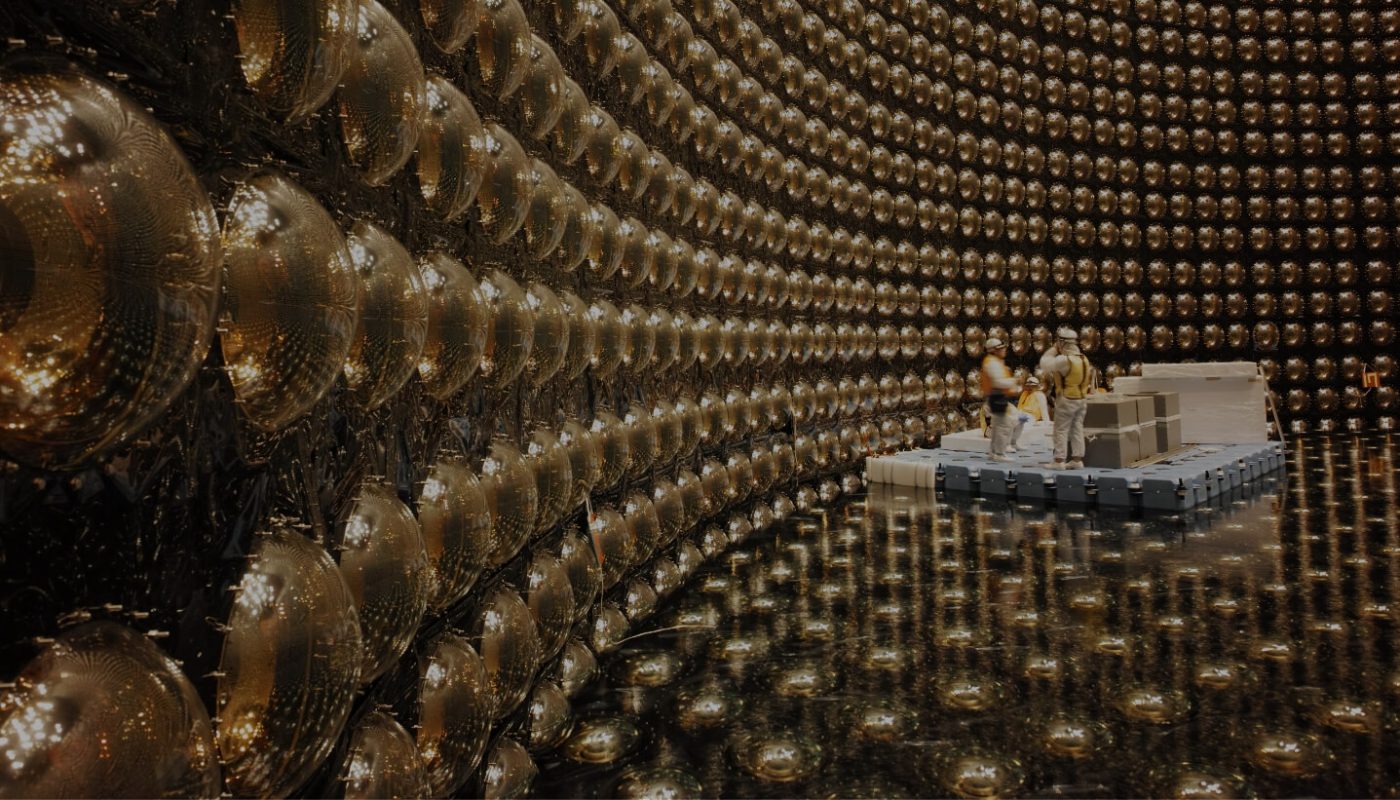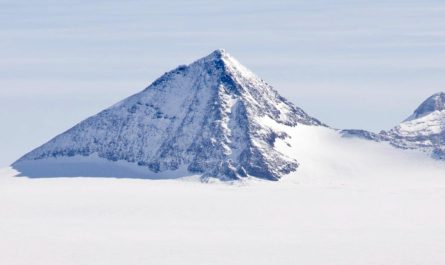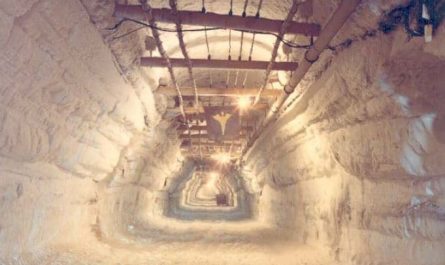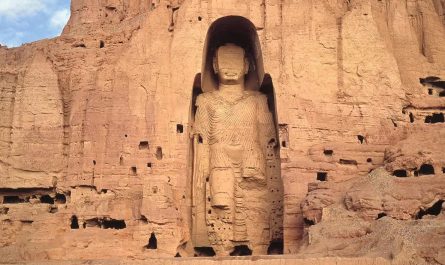What is Super-Kamiokande?
Super-Kamiokande is one of the world’s largest and most advanced particle detectors, located about 1,000 meters underground in Japan’s Gifu Prefecture. Its mission is to study neutrinos – elusive, nearly invisible particles that stream through Earth in unimaginable numbers every second, yet almost never interact with matter.
Neutrinos are among the most mysterious building blocks of the cosmos. They can pass straight through entire planets, but when they do interact, they provide unique clues about the Sun, supernova explosions, cosmic rays, and even the origin of the Universe.
Why Underground?
The detector is built deep underground to shield it from cosmic rays and background radiation, which would otherwise overwhelm the delicate measurements. The surrounding rock acts as a natural shield, allowing only neutrinos to pass through freely.
What Does it Look Like?
Super-Kamiokande is essentially a giant underground water tank:
- Shape: cylindrical, 39.3 m in diameter and 41.1 m tall.
- Capacity: filled with 50,000 tons of ultra-pure water.
- Sensors: lined with about 13,000 golden photomultiplier tubes (PMTs) – extremely sensitive light detectors.
When a neutrino interacts with a water molecule, it produces a flash of Cherenkov radiation – a faint bluish glow, similar to a shockwave but in light. The sensors capture this light, and computers reconstruct the neutrino’s direction, type, and energy.
What Does It Study?
- Neutrino Oscillations
Super-K showed that neutrinos can change from one type (“flavor”) to another – electron, muon, or tau neutrino. This discovery proved that neutrinos have mass, overturning a key assumption of the Standard Model of particle physics. - Proton Decay
Many theories predict that protons may eventually decay, though on timescales far longer than the age of the Universe. Super-K has set strict limits, showing that protons live at least 10³⁴ years, which helps test Grand Unified Theories. - Supernova Neutrinos
When a massive star explodes, it releases a burst of neutrinos. Super-K is prepared to capture such a signal from within our galaxy, which would provide a direct view into the collapsing core of a dying star. - Solar Neutrinos
Neutrinos produced in the Sun’s core during nuclear fusion allow scientists to study the processes that power stars. - Geoneutrinos
By detecting neutrinos produced inside Earth, scientists can investigate the planet’s interior and natural radioactivity that drives geothermal energy.
Major Achievements
- In 1998, Super-Kamiokande confirmed neutrino oscillations, proving that neutrinos have mass. This breakthrough earned physicist Takaaki Kajita the 2015 Nobel Prize in Physics.
- It helped resolve the long-standing “solar neutrino problem”, showing why fewer neutrinos were detected from the Sun than expected.
- It has pushed the search for proton decay to unprecedented levels, shaping our understanding of particle stability.
The Future – Hyper-Kamiokande
Japan is now building Hyper-Kamiokande, the next-generation detector:
- Ten times larger than Super-K.
- Will contain over 250,000 tons of ultra-pure water.
- Equipped with more than 40,000 improved sensors.
- Expected to begin operations around 2027.
Hyper-K will be the world’s largest neutrino observatory, opening new frontiers in particle physics and cosmology.
Why is it Important?
Super-Kamiokande addresses some of the deepest questions in science:
- Why does matter exist, while antimatter nearly vanished after the Big Bang?
- Is the proton truly stable, or will it eventually decay?
- How do stars and supernovae create the elements of life?
- What is the fundamental structure of the Universe?
In essence, Super-Kamiokande is a telescope for invisible particles. Unlike optical telescopes that see light, it sees the ghostly messengers of the Universe – neutrinos – giving humanity a rare glimpse into processes that no other instrument can observe.



